|
Monet and Renoir, two renowned French Impressionist painters, were contemporaries and close friends, sharing a common artistic movement but expressing their creativity through distinct painting techniques. While both artists sought to capture the fleeting effects of light and atmosphere in their works, they approached their subjects with unique styles and perspectives. Let's explore the painting techniques of Monet and Renoir, highlighting their similarities and differences. Claude Monet, often regarded as the master of Impressionism, had a fascination with the interplay of light and color. His technique emphasized capturing the essence of a scene through loose brushstrokes and vibrant hues. Monet's paintings often featured spontaneous, broken brushwork that conveyed the ever-changing nature of light and its effects on the environment. He painted en plein air, working directly from nature, which allowed him to observe and depict the shifting colors and atmospheric conditions. Monet's "Haystacks" and "Water Lilies" series exemplify his innovative techniques. In the "Haystacks" series, he painted numerous haystacks at different times of the day to study the variations in light and shadow. By employing rapid brushwork and layering complementary colors, he created an optical mixture that gave the impression of luminosity and movement. Similarly, his "Water Lilies" series explored the play of light on water, utilizing short, dappled brushstrokes to capture the reflections and the transient qualities of the scene. Claude Monet, often regarded as the master of Impressionism, had a fascination with the interplay of light and color. His technique emphasized capturing the essence of a scene through loose brushstrokes and vibrant hues. Monet's paintings often featured spontaneous, broken brushwork that conveyed the ever-changing nature of light and its effects on the environment. He painted en plein air, working directly from nature, which allowed him to observe and depict the shifting colors and atmospheric conditions. Monet's "Haystacks" and "Water Lilies" series exemplify his innovative techniques. In the "Haystacks" series, he painted numerous haystacks at different times of the day to study the variations in light and shadow. By employing rapid brushwork and layering complementary colors, he created an optical mixture that gave the impression of luminosity and movement. Similarly, his "Water Lilies" series explored the play of light on water, utilizing short, dappled brushstrokes to capture the reflections and the transient qualities of the scene. On the other hand, Pierre-Auguste Renoir embraced a more classical approach to painting. His technique was characterized by a smooth, blended application of paint, producing a soft and sensual effect. Renoir's brushwork was less fragmented compared to Monet's, favoring a more refined and polished finish. His works often featured rich colors, delicate tonal transitions, and a focus on human subjects and their relationships. Renoir's mastery of portraiture is evident in his iconic works such as "Luncheon of the Boating Party" and "Dance at Le Moulin de la Galette." In these paintings, he skillfully rendered the human form and captured the nuances of light and shadow. Renoir's brushwork was more controlled and precise, lending a sense of harmony and elegance to his compositions. His use of warm and glowing colors created a vibrant and lively atmosphere, inviting viewers into the scenes he depicted. Despite their contrasting techniques, Monet and Renoir shared a common goal of capturing the transient qualities of light and atmosphere. They both rejected the academic conventions of their time, opting for a more spontaneous and direct approach to painting. Both artists aimed to depict the fleeting impressions of a moment and convey a sense of immediacy in their works. Monet and Renoir sometimes painted in the same spot together Moreover, Monet and Renoir frequently painted alongside each other, exchanging ideas and influencing one another. They shared a passion for exploring the effects of light on different subjects, be it landscapes, seascapes, or human figures. Their close friendship and collaborative spirit undoubtedly contributed to the evolution of their respective techniques.
Monet and Renoir, while belonging to the same artistic movement of Impressionism, developed distinct painting techniques that set them apart. Monet's loose brushwork and emphasis on capturing the effects of light and color through broken strokes defined his style. Renoir, on the other hand, favored a more refined and polished approach, utilizing blended brushwork and warm colors to depict human subjects and their environments. Despite their differences, both artists revolutionized the art world with their innovative techniques and continue to inspire generations of painters with their unique visions.
0 Comments
“Leaves of Contemplation”, 36" x 48", oil on canvas, © Patrick Howe
I found these leaves near my house. If only the world would stop its craziness and spend more time looking at leaves! Walt Whitman celebrated leaves in his famous poem "Leaves of Grass," describing them as "the flag of my disposition" and symbolizing the inherent beauty and diversity of the natural world. He saw leaves as a reflection of life's vitality and interconnectedness. When light filters through leaves, it transforms the ordinary into a spectacle. The interplay of sunlight and foliage creates a mesmerizing dance of shadows and patterns. Each leaf acts as a prism, diffusing and fracturing the light, casting a dappled glow on the world below. It evokes a sense of enchantment and beauty, as if nature itself is painting a vibrant tapestry. The filtered light through leaves brings a serene and ethereal ambiance, inviting us to pause and appreciate nature's ephemeral artistry. Landscape painting in general holds a unique place in the realm of art, captivating viewers with its ability to transport them to distant places or evoke a deep connection to familiar scenes. It captures the beauty and grandeur of nature, allowing us to contemplate its vastness and sublime qualities. Through meticulous brushstrokes and careful composition, landscape artists capture the essence of a place, its changing seasons, and the interplay of light and shadow. It invites us to contemplate the passage of time, the cycles of nature, and our own place within the vast tapestry of the world. Landscape painting can awaken a sense of awe, inspire reflection, and provide solace in our increasingly urbanized and digital existence. It reminds us of the intrinsic value and magnificence of the natural world. |
AuthorPatrick Howe Archives
July 2024
Categories
All
|
|
Copyright © 2023, by Patrick Howe, all rights reserved.
Patrick Howe, Artist, Author and Educator Seattle, WA. Contact: [email protected] |
|
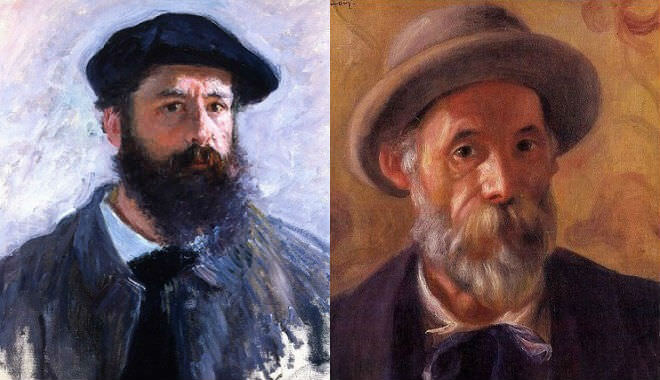
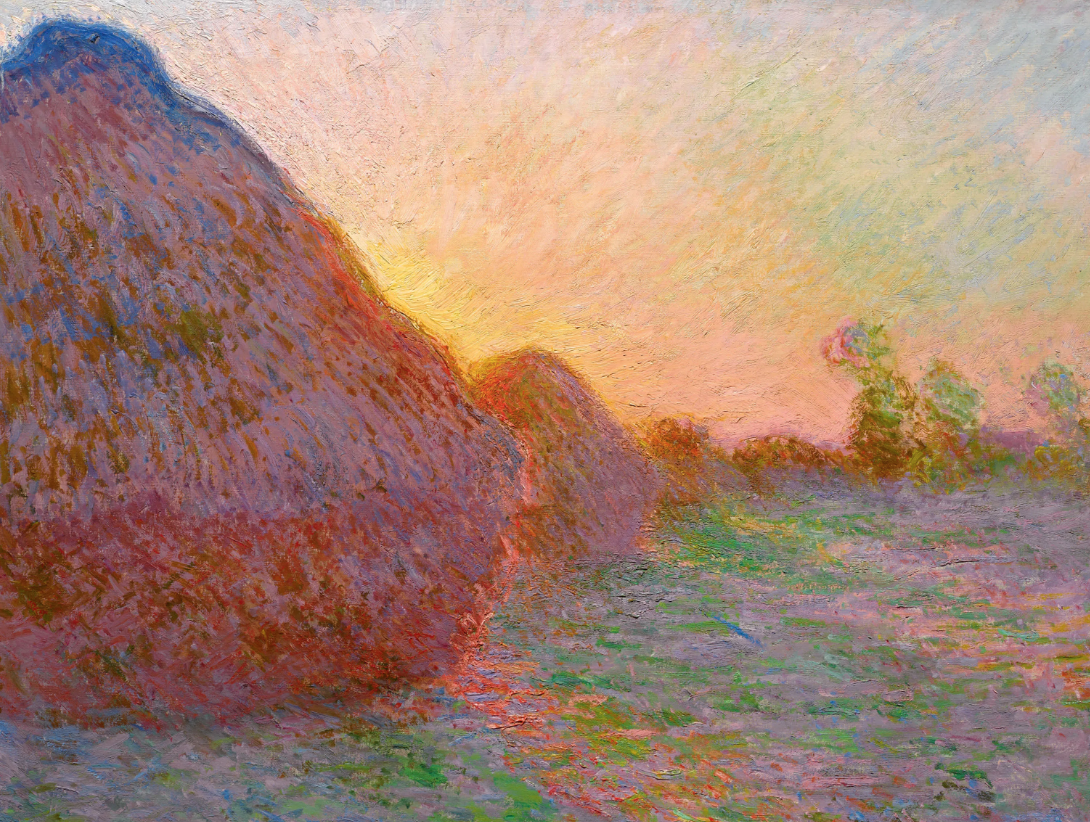
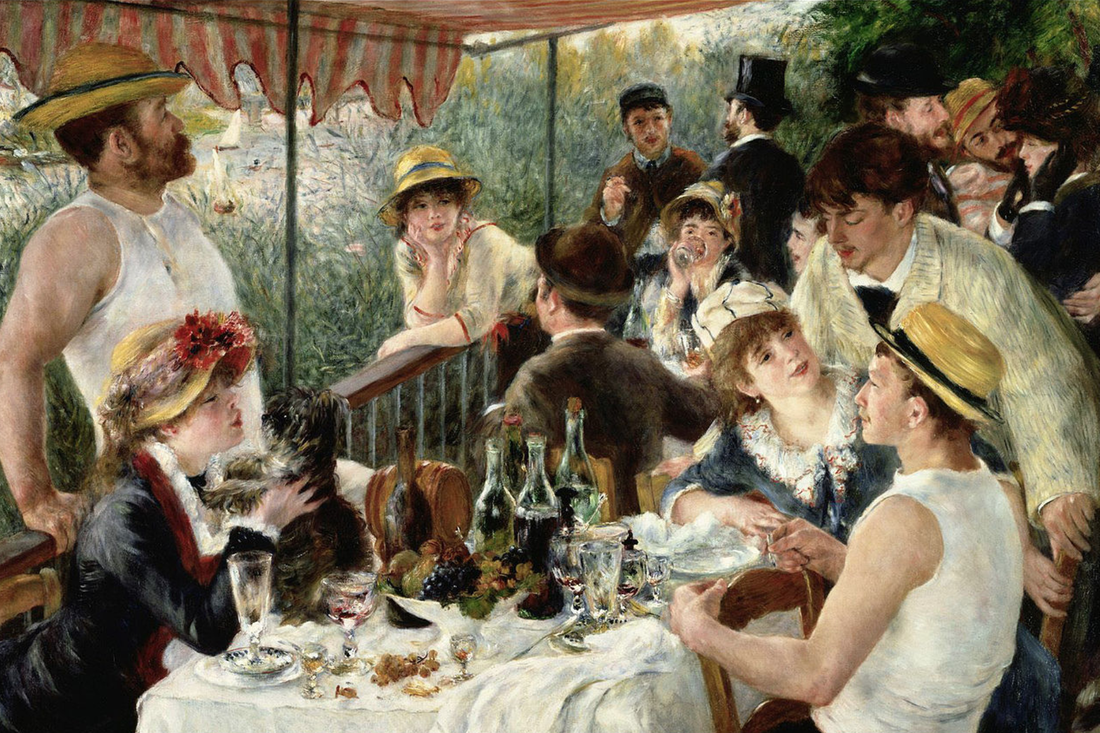
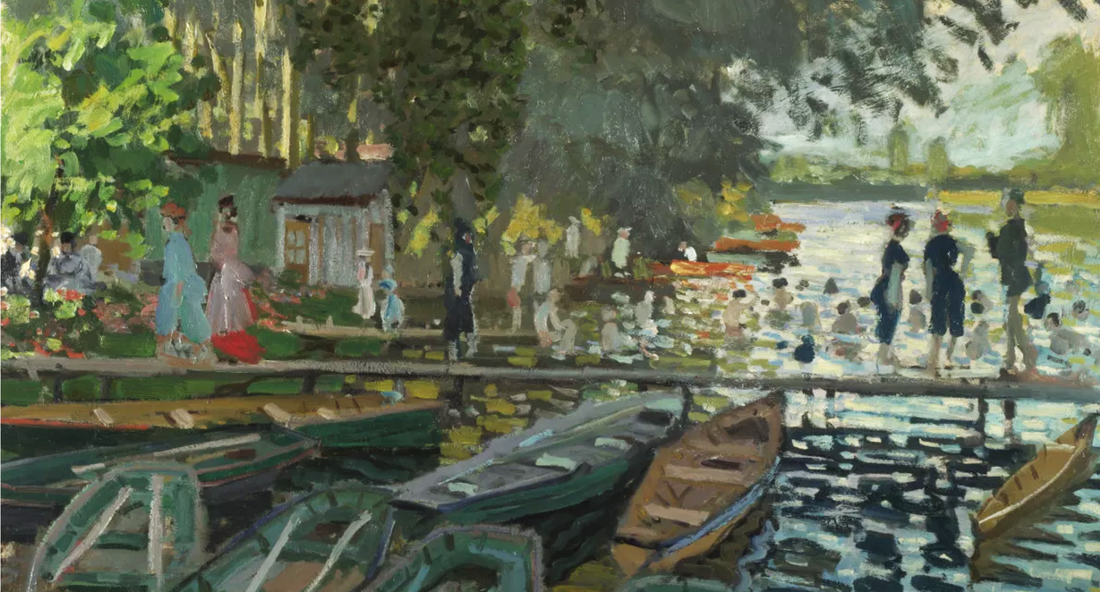
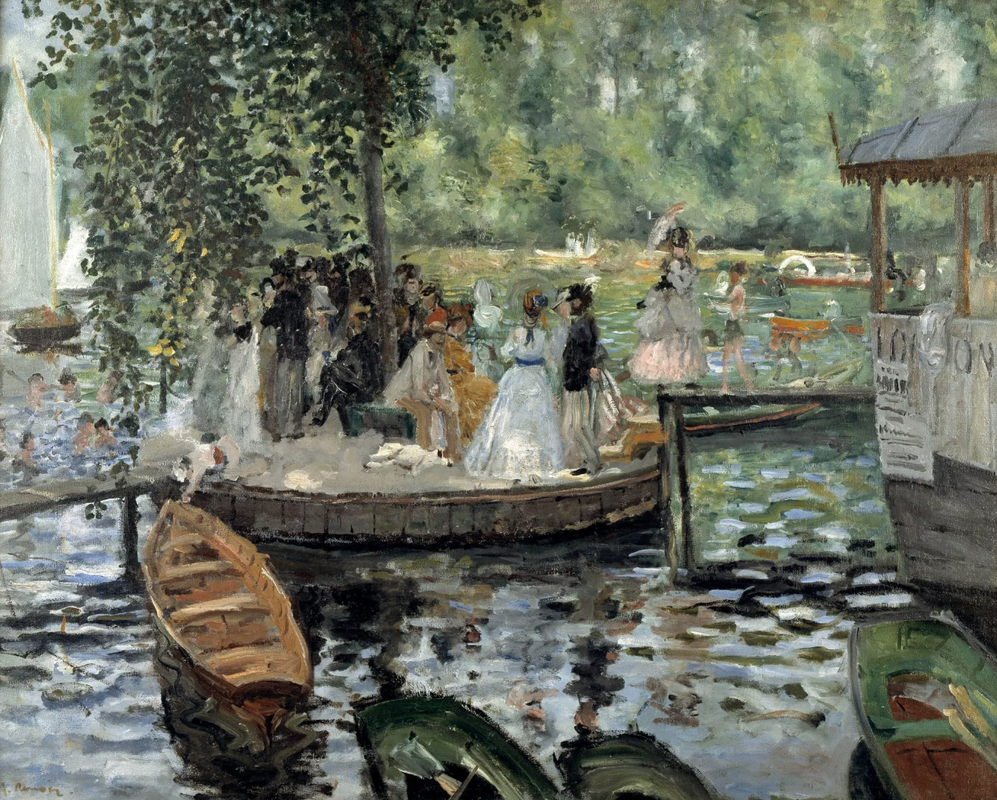
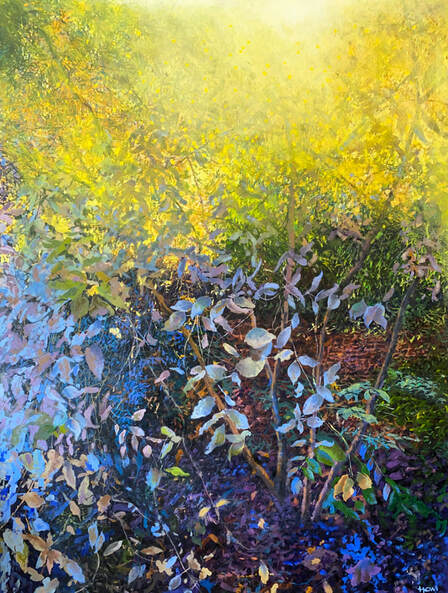
 RSS Feed
RSS Feed
